Until the fifties of the XVII century, the colonies that occupied the territory of the modern United States of America did not have their own currency. This state of affairs was primarily associated with the prohibition of Britain on the issue of local banknotes.
Settler financial system
Revenues from Europe were insignificant, so the first Americans used money substitutes. For example, tobacco, grain, animal skins, bullets, nails were widespread and valuable. In addition, in the course you could meet Dutch, French and Spanish coins.
Own metal money in the United States appeared only in 1652. It was then that in the state of Massachusetts, in violation of English law, a certain entrepreneurial minter issued 30 leg coins. Eight years later, the province acquired local banknotes. Since the state was still under the control of the monarchy, a full set of relevant attributes appeared on the papers: a picture of the crown and an image of the king. In fact, the bills were borrowed bonds.
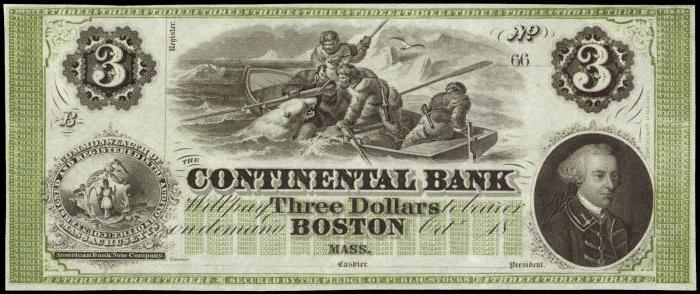
Curious facts
Every student knows that the dollar is the official currency of the United States. But the fact that it has Spanish roots is known only to numismatists and historians. Indeed, it got its name thanks to a coin issued in Spain, and having circulation in the eastern United States. Moreover, the word itself occurred in Bohemia.
As for the dollar sign $, it was born as a result of the joint writing of two Latin letters P and S. Later, the spelling P began to look like I, on top of which the letter S. was superimposed. The sign got its modern look in 1788, which is still used today.
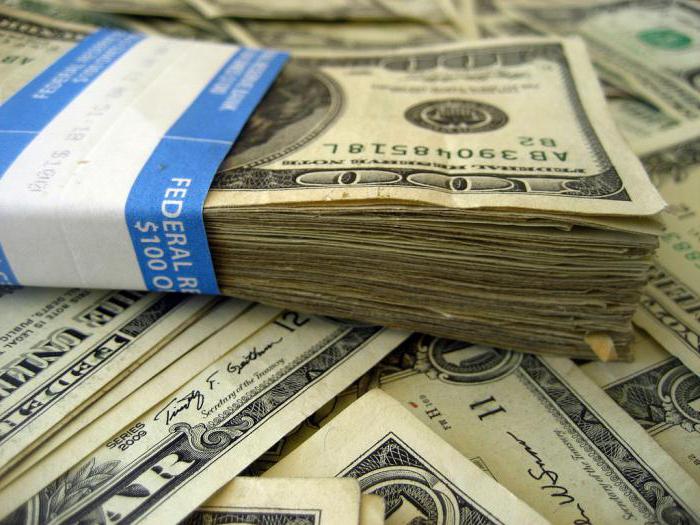
An alternative version of the origin of the symbol says that $ is an interpretation of the number 8, which appeared on the realities from Spain. A line has been added to distinguish between American and Spanish currencies.
Others believe that the sign is based on the abbreviation of the full name of the state of the United States of America. The letters U and S were used, which were also superimposed on each other.
Most often, the dollar is called a "tank." In the XVIII century, the settlers conducted active trade and exchange with the Indians, and instead of money they adapted the skins of horned animals. The word buck, translated from English, means a male deer or goat. Imagine, in just one year, transactions totaling 500,000 skins or “tanks” were recorded!
The spool is small ...
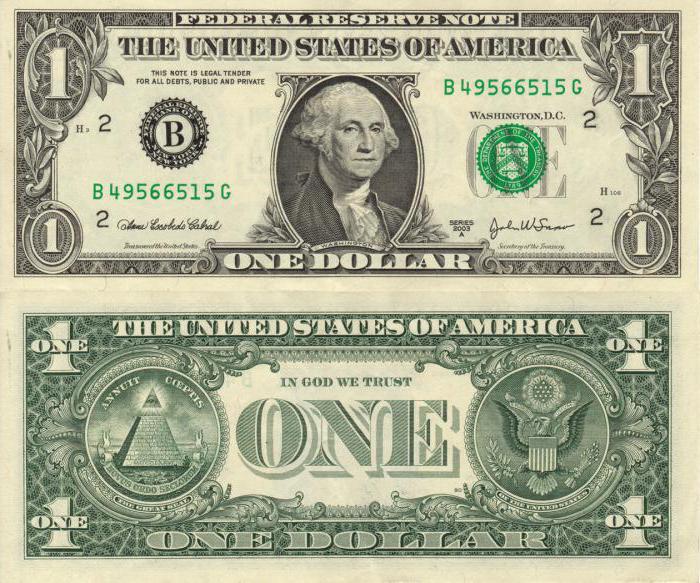
The dollar that Americans use today in everyday life was printed in 1928. It is noteworthy that a native of Russia worked on the design of this bill. Emigrant Sergei Makronovsky was a talented graphic artist and artist. It was he who depicted and placed portraits of the presidents of the country on US banknotes.
One side of the paper dollar was adorned with a large seal. Now it is recognized as an official symbol of the state. On it is an eagle and a sprawling branch of an olive tree. And there was a pyramid crowned with a Masonic emblem in the form of the so-called all-seeing eye. This element is currently partially abolished and remains only in the design of copies with a face value of $ 1.
How sectarian echoes found a place in the design of the banknote of 1 US dollar, still no one knows. Rumor has it that Nicholas Roerich, who actively developed the ideas of mysticism, had a hand in developing the layout.
Rare "beast"
Have you ever held a $ 2 banknote in your hands? Most likely no! Perhaps it does not even exist? Not at all. She is regularly put into circulation, but citizens of the United States, for a variety of reasons, shy away from her and do not favor her. Why? Now let's figure it out.This bill for all the time of its existence has overgrown with a huge number of myths and idle delusions.
Firstly, US banknotes, the issue date of which is 1976, are recognized as numismatic values. Their cost is much higher than declared. They were printed in the amount of several million copies. The most popular myth that is associated with them is that they attract money. Therefore, every self-respecting American and not only seeks to get them in his purse. They are stored in the wallet for life and are spent in an exceptional case.
Secondly, a huge amount of US $ 2 banknotes with face value of $ 2 is stored in the US Treasury. Since this money does not wear out, it cannot be replaced. New samples do not produce, which only spurs demand.
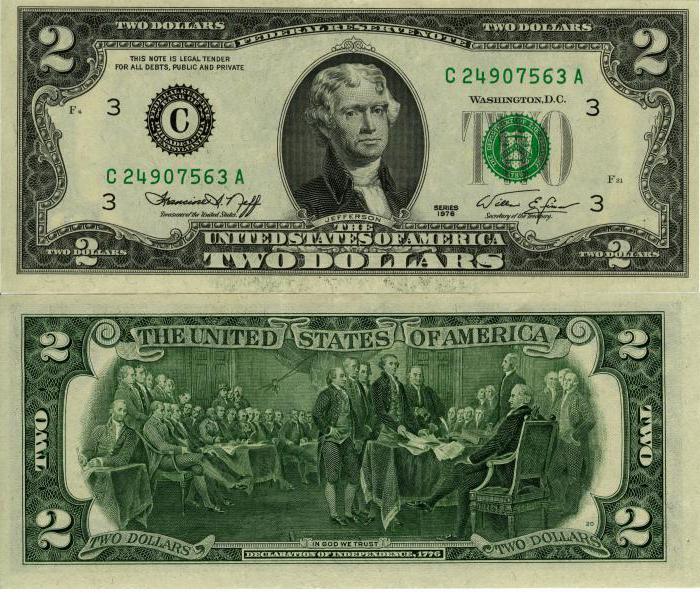
Anniversary Series
The limited edition of two dollars in paper differs from all the others by the presence on the back of the reproduction of the famous North American painter Jefferson Trumbull. It is dedicated to the signing of the Declaration of Independence, which lies at the origins of American statehood.
The bill is decorated with an illustration of a meeting of members of Congress who proclaimed on July 4 the sovereignty of their country. It clearly shows how the president of the congress receives from the hands of the participants in the meeting a document for subsequent visions. Only forty-four people can be seen on the back of the bill. In fact, there are forty-eight on the original canvas. It is worth noting that even before the appearance of $ 2 on the bill, this picture was used in the design of $ 100.
Numismatic value
The market value of a two-dollar US banknote, which was not in actual circulation and is not damaged, is $ 4.5. But her predecessors are valued much higher. Banknotes printed at the very beginning of the XIX century will cost the buyer $ 2,500.
For today's America, two dollars are a kind of double standard symbol. There are ordinary people who shy away, considering them a “black” mark. In the distant nineties, even in our country, $ 2 was refused to be changed, especially if the client had US banknotes from the jubilee series in his hands.
Employees of financial institutions attributed this to the difference in design with the official design. This is how Russian exchange points came under the influence of rumors. In some provincial stores in the United States, they refuse to accept such money these days, referring to their bad energy. There are those who see them as luck and success.
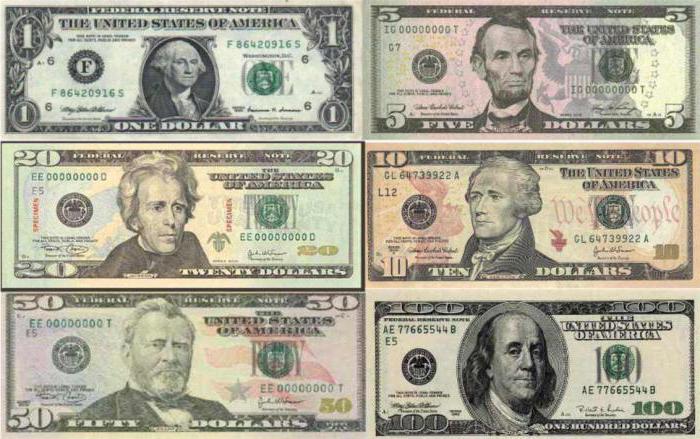
gold standard
On October 8, 2010, the US Treasury Mint began issuing an updated $ 100 banknote. In the entire history of the production of banknotes in North America, the authorities for the first time abandoned the traditional gray-green hue. New “franklines” acquired a holographic image, which was woven into the texture, and a three-dimensional ribbon of blue color.
The 100 dollar bill is recognized as the most popular and widespread paper currency in the world. And therefore, it is increasingly becoming the object of fake.
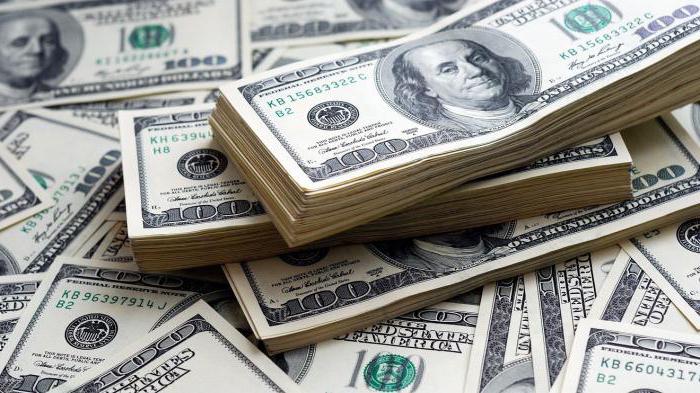
Innovations were designed to change the current situation on the market, but failed. In early 2011, the Fed leadership officially recognized the unsuitability of using the new US banknote. To fix all the shortcomings identified during the test operation, it took about two and a half years.